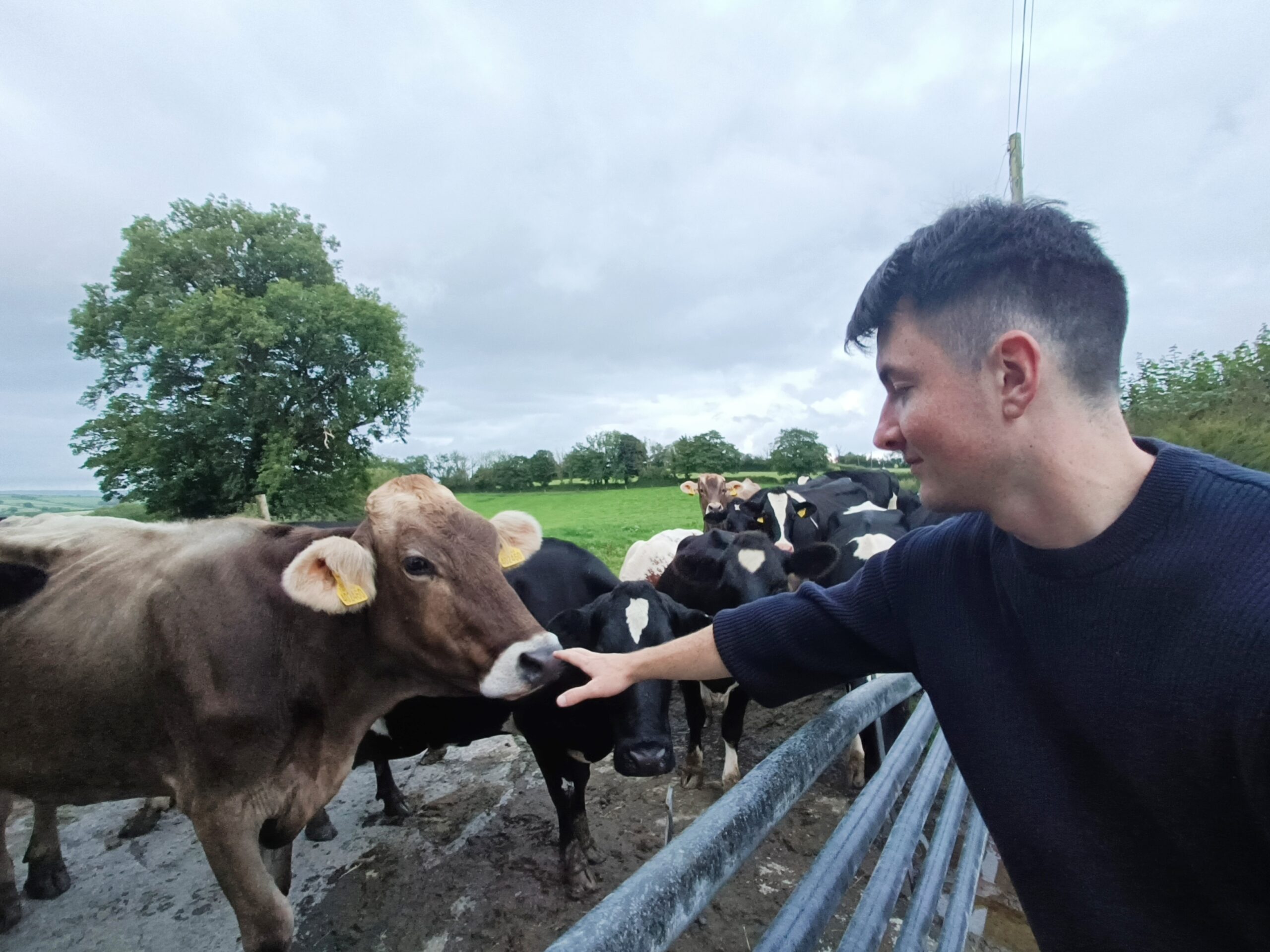WLBP members have been working with their veterinary surgeons to calculate the average amount of antibiotics used on beef, sheep, and dairy farms in Wales using the WLBP Antimicrobial Calculator.
Measuring antibiotic use on farms is a part of the WLBP Farm Assured Welsh Livestock Scheme (FAWL) and annual AMU reports are produced – with the 2022 WLBP AMU Report now available on the WLBP website.
WLBP General Manager Iestyn Tudur-Jones said, “WLBP has always worked closely with farmers and the supply chain when developing FAWL standards or asking members to participate in a new initiative.
This bottom-up approach works far better than imposing extra regulation without consultation. To validate claims that Welsh livestock producers were using antibiotics responsibly, WLBP cooperated with vets, farmers, and software developers to develop a system of measuring antibiotic usage that produces accurate and valid outcomes.”
Antibiotic sales data are captured and collated via the specially designed WLBP AMU Calculator. This novel reporting tool produces standardised antimicrobial usage (AMU) reports based on industry-agreed metrics. The results are expressed as milligrams of antibiotic used per kilogram of animal, a measurement accepted by government and supply chain stakeholders.
Welsh farmers have embraced this voluntary approach, which has resulted in what is believed to be the largest independent data set of its kind in the UK.
Pembrokeshire farmer, Eurig Jones, who farms at Pantyderi, Boncath, said, “WLBP’s AMU Calculator is a very simple tool, requiring minimal bureaucracy but producing valuable, accurate data that will help me to track my use of antibiotics and benchmark my performance against farmers in a similar situation.
“It’s an essential step in reassuring consumers that livestock producers are using antibiotics responsibly while maintaining the highest standards of animal health and serves as an excellent illustration of how WLBP’s beef and lamb assurance scheme can be a positive force helping both producer and consumer.”
Liz Rees, Lamb Supply Chain Manager, Pilgrim’s Europe Lamb said the WLBP AMU Calculator is an invaluable tool to the industry and its lamb supply chain.
She said, “As a lamb supply chain, we are confident that our farmers are using antibiotics responsibly. We have been collecting antibiotic usage data for our lamb group since 2017. The WLBP AMU Calculator now simplifies this process for both our farmers and Pilgrim’s.
“The Calculator allows farm businesses to collect antibiotic data with ease. There is no additional work required for the farmer, as the data is collated by their vet when completing the annual health and welfare review.
“ We strive to support our farmers in maximising welfare and productivity. The data set will allow our producer group members to benchmark against the industry. In addition to antibiotic usage, key and persistent diseases can also be identified, targeted and addressed.”
During the period covered by the WLBP report, veterinary surgeons completed AMU calculations for some 5,428 Welsh beef, sheep, and dairy enterprises under their care. The information continues to come in, and currently, the figure stands at almost 11,000 data sets.
George Jones, Clinical Director at Priory Vets in Cardigan, said, “I find the use of the WLBP AMU Calculator to be straightforward, with simple steps to follow when completing a FAWL review for our clients. The AMU report can then easily be generated, allowing the farmer and vet to focus their time on discussing animal health and production on their farm.
“The use of antibiotics one year can be compared against the previous year, creating an opportunity to discuss with farmers what alternative strategies could be put in place, leading to a reduction of antibiotic use without compromising animal welfare.”
WLBP is working with scientists at the University of Bristol to produce and analyse this critical AMU data, and the co-operative is also part of the Arwain DGC (Defnydd Gwrthficrobaidd Cyfrifol / Responsible Antimicrobial Use) programme.
Kristen Reyher, Professor of Veterinary Epidemiology and Population Health at the University of Bristol, said, “WLBP’s work has been fantastic in providing Wales with important data to evidence its leading role in antibiotic stewardship across the UK and globally.
These data allow farmers and vets to work together to reduce antibiotic use down to the lowest levels possible, which will have a knock-on effect on keeping antimicrobial resistance (AMR) to a minimum and help us ensure antibiotic use really is ‘as little as possible but as much as necessary’.”
The data captured by the AMU Calculator are presented in line with the European Medicine Agency’s (EMA) categorisation of antibiotics. There are four classifications of antibiotics ranked according to the risk that their use in animals poses to public health through the possible development of AMR and the need to use them in veterinary medicine – Category A (not currently authorised in veterinary medicine), Category B (restrict), Category C (caution) and Category D (prudence).
WLBP is also collaborating with other UK nations on understanding antibiotic use in a wider context, including working closely with the Responsible Use of Medicines in Agriculture Alliance (RUMA) and the electronic Medicine Hub, as well as sharing WLBP’s experiences in capturing antibiotic data with a pilot project for Scotland. The pioneering work by farmers in Wales is really reaping benefits.
A full copy of the WLBP AMU Report 2022 can be found at: https://www.wlbp.co.uk/wlbp-annual-amu-reports/2022







